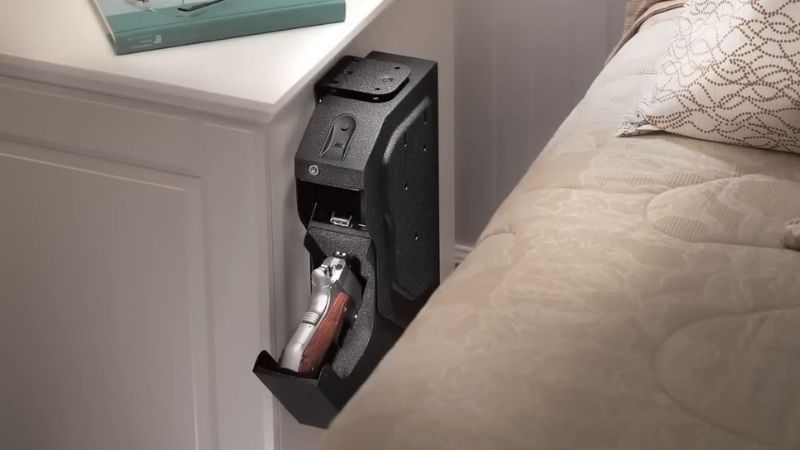Gun-related injuries among children and adolescents continue to escalate across the United States.
With firearms now recognized as the leading cause of death for individuals under 18, the need for responsible storage has never been more urgent.
Unsafe storage habits, including keeping firearms loaded and unlocked, are present in a significant percentage of households.
Safe firearm storage involves keeping guns unloaded, locked away, and separate from ammunition. Improper practices expose not only household members to severe risks but also intensify broader public health concerns.
Creating a safer environment begins with how firearms are stored.
Let us address the most common injuries linked to improper storage of firearms and other relevant data regarding firearms storage.
The Commonest Types of Injuries
If more firearms were stored safely, it could help prevent unintentional deaths, injuries to children, and suicides.
What does the evidence say about how Americans currently store their guns? pic.twitter.com/8ctcbWq5yp
— RAND (@RANDCorporation) September 28, 2022
Improper storage of firearms leads to a wide range of preventable injuries, particularly among children.
When guns are accessible, curious hands, peer pressure, or lack of knowledge can trigger irreversible damage.
These injuries are not limited to one kind of circumstance—they span self-inflicted wounds, tragic accidents during play, and misjudgments made by older kids and teenagers.
Unintentional Self-Inflicted Injuries
Children between the ages of 2 and 5 are particularly vulnerable to harming themselves.
At this age, curiosity overrides caution, and when a firearm is left in reach, tragedy often follows.
Young children may pull a trigger unintentionally, unaware of the consequences, often believing the gun is a toy or trying to imitate adult behavior they have seen on television or in real life.
Key points:
- Ages most affected: 2 to 5
- Root cause: curiosity or mimicry
- Firearms are often found: unsecured in drawers, nightstands, or under beds
- Typical setting: inside the child’s home during unsupervised moments
Unintentional Injuries Inflicted by Another Child
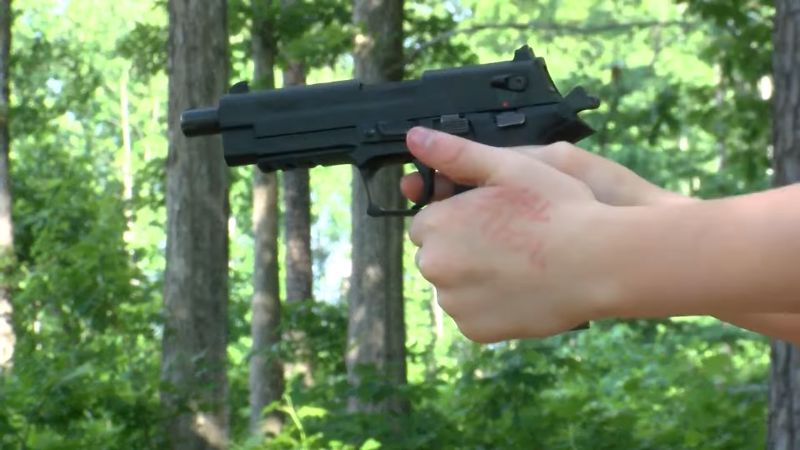
When guns are left unsecured, they can become a dangerous object of curiosity or pride during play.
Incidents frequently involve siblings or close friends, with one child unintentionally shooting another during play.
These cases often unfold rapidly and leave lasting emotional scars.
Key points:
- Common relationships:
- Sibling shooters: approximately 50% of cases
- Friends: around 32% of cases
- Most incidents occur during unsupervised playtime
- Victims and shooters are often under the age of 12
- Weapons are typically found in easily accessible household locations
Fatalities During Play or Perceived Toy Use
Small children may not distinguish between real firearms and toy guns, especially when firearms are colorful or resemble plastic toys.
Without adequate safeguards in place, what starts as innocent play can end in death.
Visual confusion and the natural inclination of children to explore can result in the most devastating outcomes.
Key points:
- Victims are usually under 5 years old
- Real guns are often mistaken for toy weapons
- Firearms are commonly left out in living rooms, cars, or closets
- Death can occur instantly after an accidental discharge
Gunshot Injuries During Improper Handling
View this post on Instagram
Older children and teenagers are not exempt. Many injuries occur when a youth assumes the gun is unloaded or safe.
Adolescents may mishandle a weapon while showing off, cleaning it, or during imitation games. Overconfidence and lack of training play a large role in these accidents.
Key points:
- Affected age group: generally 10 and up
- Common misjudgments: assuming the gun is unloaded, misunderstanding safety switches
- Common scenarios: showing off to friends, attempting to clean a firearm, or handling a gun during unsupervised exploration
- Injuries can be permanent or fatal due to poor handling knowledge
Prevention and Policy Recommendations
Preventing firearm-related injuries among children requires a multi-pronged strategy.
Safe storage practices, informed caregiving, targeted legislation, and community partnerships can significantly reduce risks.
Four core areas deserve focused attention, each offering actionable steps.
Safe Storage Methods
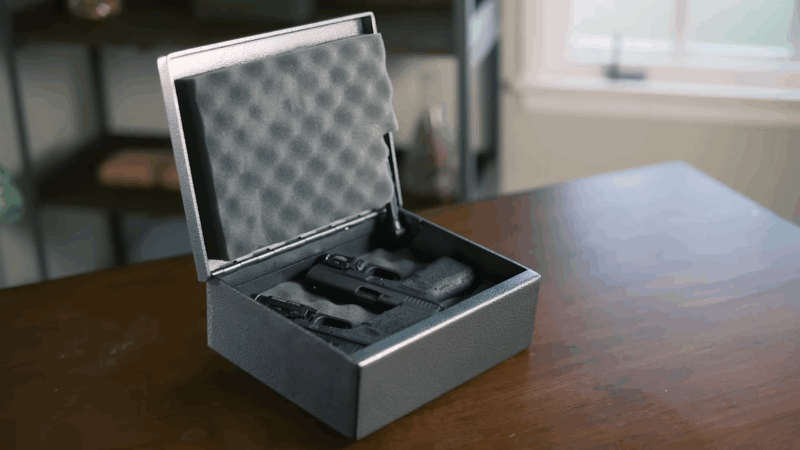
Proper storage remains the most effective way to prevent accidental firearm injuries in households with children. Secure storage removes immediate access and minimizes curiosity-driven incidents.
Recommended safety tools include:
- Cable locks to prevent trigger engagement
- Lock boxes for portable yet secure storage
- Trigger locks to block firing mechanisms
- Gun safes with combination or biometric access
- Ammunition stored in a separate, locked container
- All firearms kept unloaded while not in use
Education and Awareness
Conversations initiated by healthcare professionals play a critical role.
Many parents hold incorrect assumptions about their children’s knowledge or capabilities concerning firearms.
To counter these misconceptions, trusted messengers such as pediatricians must engage parents in nonjudgmental discussions about safe storage practices.
Essential points include:
- Clarifying that children often know more than adults assume
- Explaining how quickly accidents can occur during unsupervised moments
- Encouraging regular storage checks and safety reinforcement within the home
Regular guidance and supportive conversations can shift attitudes toward responsible gun ownership.
Legislation and Policy Interventions
Enforcement through clear legal frameworks reinforces individual responsibility.
Child Access Prevention (CAP) laws aim to hold adults accountable when minors access firearms unsupervised.
Research suggests that communities with CAP laws experience:
- Lower rates of accidental gun injuries among youth
- Reductions in firearm-related suicides by minors
- Increased public awareness about the consequences of unsafe storage
Effective legislation must be paired with educational outreach to ensure that laws lead to actual behavior change.
Community and Healthcare Partnerships
Health professionals and community leaders together can promote safer environments.
By integrating firearm safety into regular care discussions, especially during well-child visits, medical providers help normalize risk-reduction behaviors.
Collaborative efforts should focus on:
- Harm-reduction messaging without placing blame
- Providing families with free or discounted safety tools
- Offering training sessions at schools, clinics, and community centers
Supportive networks increase the likelihood that families follow through with recommended practices and make firearm safety a household standard.
For those seeking legal support or considering action in the face of injury caused by negligence, RosenfeldInjuryLaw offers resources and representation, particularly in cases involving public health risks and mass torts.
National Statistics on Firearm Storage and Access
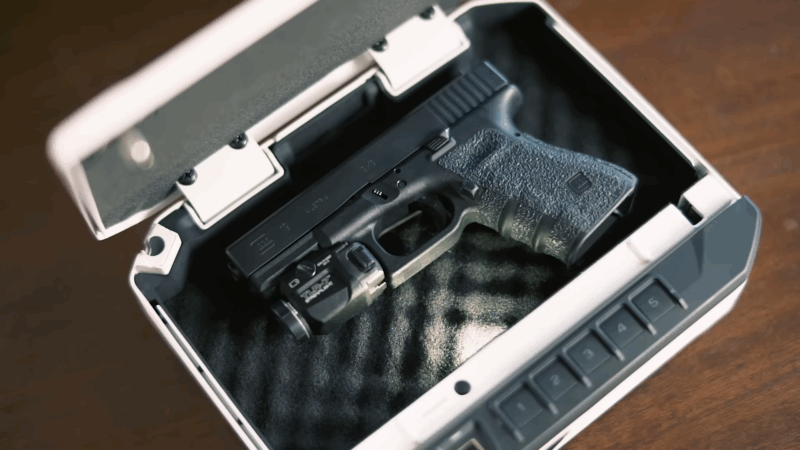
In the U.S., up to 43% of households reportedly store guns in unsafe conditions—either loaded, unlocked, or both. Such patterns often stem from a sense of perceived security or the desire for quick access during emergencies.
Unfortunately, these practices create high-risk situations, particularly for children.
A large number of minors, especially those in middle and high school, have direct or indirect access to firearms. The presence of guns in accessible places within the home dramatically increases the probability of accidents and fatalities.
Roughly one in three students in middle and high school report having access to a gun. Easy availability correlates strongly with firearm-related injuries, suicides, and accidental deaths.
Even children who do not handle firearms themselves are often exposed through their peers. Lapses in secure storage compromise household safety and put lives at stake.
Risk Factors and Circumstances
Improper firearm storage does not occur in isolation—it is often shaped by environmental habits, household routines, and broader social patterns.
Specific conditions frequently appear in incidents involving children and unintentional shootings.
Three major areas shed light on common risks: storage practices, incident locations, and demographic trends.
Firearm Storage Conditions
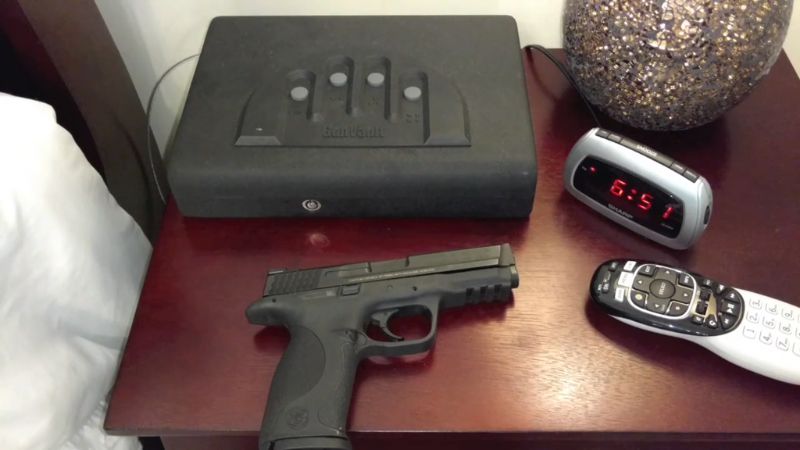
Many firearms involved in child-related incidents were stored in ways that made access extremely easy. Convenience for adults—keeping guns within reach for protection or ease of use—often leads to tragic outcomes for young ones drawn by curiosity or unfamiliarity.
Common storage conditions in these cases include:
- Loaded firearms were present in approximately 74% of incidents
- Unlocked firearms were reported in 76% of cases
- Storage locations such as nightstands, under beds, or inside a vehicle
Leaving guns accessible under the guise of readiness endangers children who are often unaware of the consequences of handling such weapons.
Locations of Incidents
Fatal unintentional shootings involving minors almost always happen in places where they feel safest.
Incidents primarily unfold in familiar environments, which adds to their emotional weight for surviving family members and communities.
Key statistics:
Residential areas that lack safe storage measures become hotspots for avoidable injuries and deaths.
Demographics
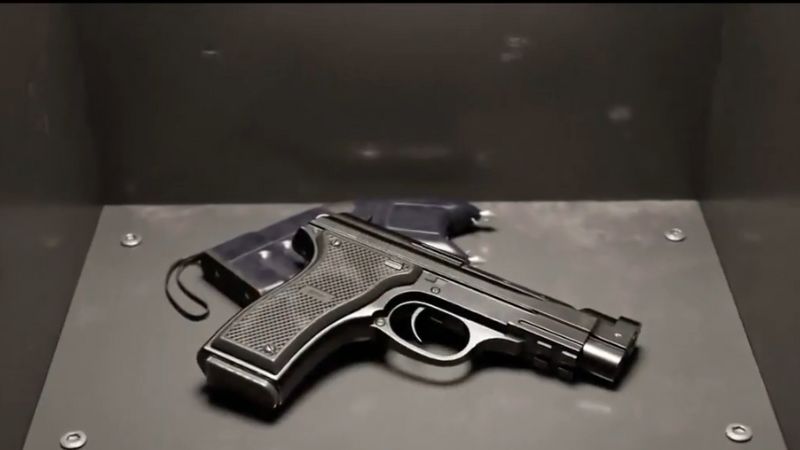
A clear pattern emerges when reviewing the demographics of both victims and shooters in these accidents.
Boys are disproportionately affected, and the incidents are concentrated in certain racial and ethnic groups.
Key findings:
Cultural practices, socioeconomic conditions, and uneven access to safety education all contribute to this ongoing public health issue.
Summary
Firearm injuries linked to improper storage do not have to occur. Clear strategies and tools already exist.
Safe habits, when combined with education, legislative enforcement, and open communication, can dramatically reduce risks.
All stakeholders must take shared responsibility. Making secure storage standard practice protects lives and ensures accountability.

